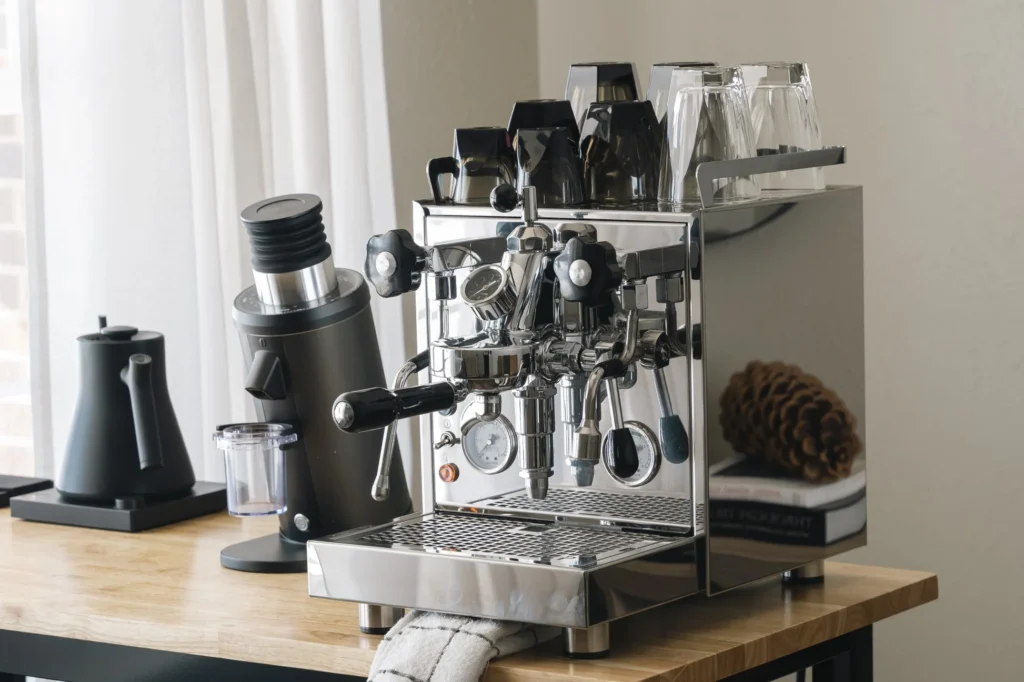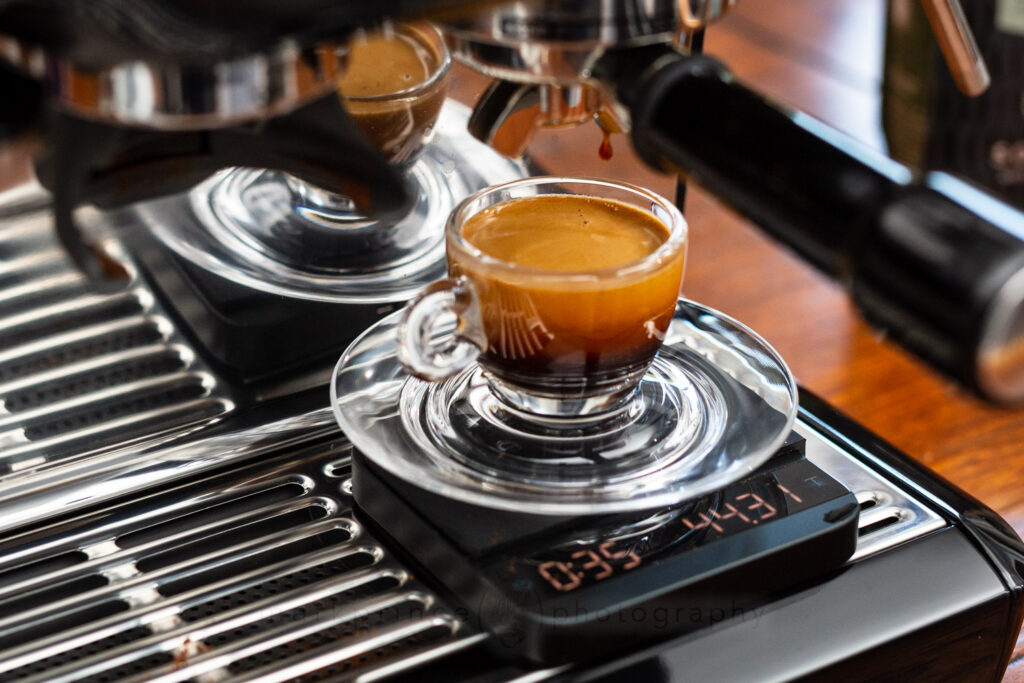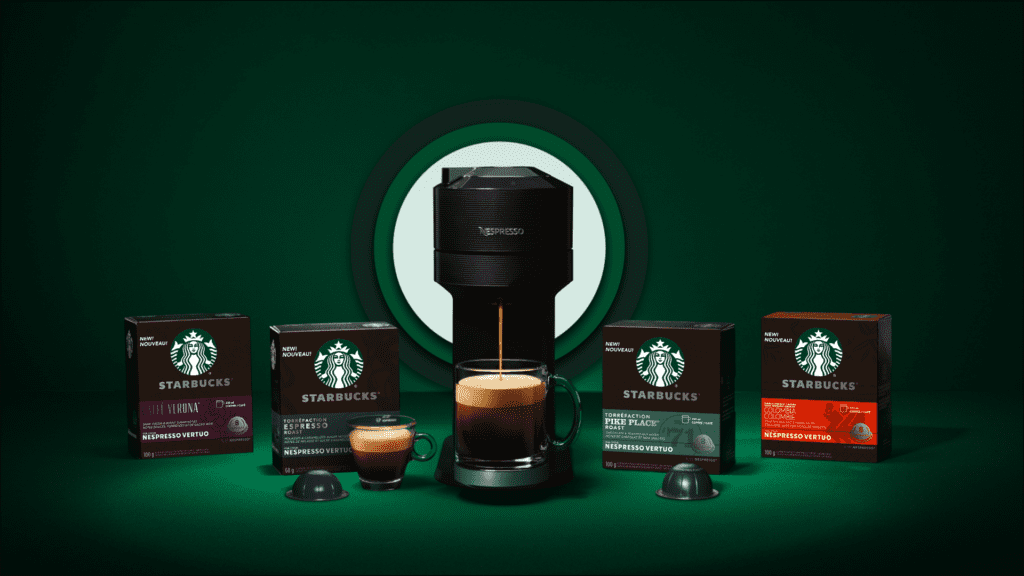When it comes to brewing that perfect shot of espresso, the magic lies not just in the espresso machine but also in the coffee grinder. Ensuring compatibility between these two crucial pieces of equipment can significantly impact the quality of your espresso and the overall brewing experience.
Think of it like a symphony: each instrument needs to be in tune for the music to sound harmonious. Similarly, an espresso machine compatibility with coffee grinders work in perfect harmony to extract the best flavors from your coffee beans.
The right pairing can enhance the aroma, crema, and taste of your espresso, making your daily coffee ritual something to look forward to.

On the flip side, an incompatible grinder can lead to uneven grinds, poor extraction, and ultimately, a disappointing cup of coffee. So, whether you’re a home barista or a seasoned professional, understanding the importance of this compatibility is key to elevating your espresso game.

Matching Grinders to Machines
Matching your coffee grinder to your espresso machine is a bit like finding the right dance partner – the better the fit, the smoother the performance. Here’s how to ensure your grinder and machine are in perfect step with each other.
1. Grind Size Requirements
The grind size is crucial for a good espresso shot. Espresso machines typically require a fine grind, but the exact fineness can vary depending on the machine type. For example:
- Manual Espresso Machines: These machines allow you to control every aspect of the brewing process. They need a grinder that can produce a very consistent fine grind. Look for grinders with micrometric adjustment settings.
- Semi-Automatic Machines: These are a bit more forgiving but still require a precise grind. A grinder with multiple settings will help you find the sweet spot.
- Automatic Machines: These often have built-in grinders, but if you’re using an external one, make sure it can achieve the consistency needed for optimal extraction.

2. Machine Pressure
Different machines operate at different pressures, which affects how they interact with the coffee grind:
- High-Pressure Machines: Typically, espresso machines operate at around 9 bars of pressure. For these, you need a grinder that can produce a uniform grind to ensure even extraction under high pressure.
- Low-Pressure Machines: These may require a slightly coarser grind. Be sure to adjust your grinder accordingly.

3. Specific Needs of Various Espresso Machine Types
- Manual Espresso Machines: For these, a burr grinder is essential due to its ability to produce a consistent grind. Hand grinders like the Comandante C40 are popular for their precision and portability.
- Semi-Automatic Machines: An electric burr grinder such as the Baratza Sette 270 is ideal. It offers a range of grind settings and excellent consistency.
- Automatic Machines: These often come with a built-in grinder, but if you’re using a standalone grinder, something like the Breville Smart Grinder Pro, which has a variety of settings and can handle different grind sizes, is a good choice.

Examples of Compatible Pairings
- Manual Machine + Hand Grinder: A La Pavoni Europiccola paired with a Comandante C40.
- Semi-Automatic Machine + Electric Burr Grinder: A Rancilio Silvia paired with a Baratza Sette 270.
- Automatic Machine + Versatile Grinder: A Breville Oracle Touch with its built-in grinder or paired with a Breville Smart Grinder Pro for external use.
Common Compatibility Issues
Even with the best equipment, sometimes things don’t go as planned. Here are some common compatibility issues that can arise between coffee grinders and espresso machines, along with their impact on your espresso quality.
1. Inconsistent Grind Sizes
- Problem: One of the most frequent issues is an inconsistent grind size. If your grinder isn’t producing a uniform grind, some particles will be too fine, while others will be too coarse.
- Impact: This inconsistency leads to uneven extraction, where some coffee grounds are over-extracted (resulting in bitterness) and others are under-extracted (resulting in sourness). The overall effect is a muddled flavor profile that lacks balance.
2. Clogging
- Problem: Clogging occurs when the grind size is too fine for your espresso machine, or when there is an accumulation of coffee oils and fines in the grinder or machine’s portafilter.
- Impact: When your machine clogs, it can lead to a weak espresso shot due to restricted water flow, or even damage the machine over time. Frequent clogging is a sign that your grinder settings need adjustment or that your machine requires cleaning.
3. Inadequate Pressure
- Problem: If the grind size is not suitable for the pressure level of your machine, the water may pass through the coffee too quickly or too slowly.
- Impact: For high-pressure machines, too coarse a grind will lead to under-extraction and weak espresso. For lower-pressure machines, too fine a grind can cause over-extraction, making your espresso overly bitter and harsh. Both scenarios result in poor espresso quality.
4. Static Buildup
- Problem: Static electricity can cause coffee grounds to stick to the grinder or scatter, leading to waste and inconsistent doses.
- Impact: Inconsistent doses mean you’re not using the exact amount of coffee each time, affecting the strength and flavor of your espresso. Static buildup can also be a nuisance during the cleaning process.
5. Retention Issues
- Problem: Retention occurs when coffee grounds get stuck in the grinder and don’t make it into the portafilter.
- Impact: This can result in inaccurate dosing and inconsistency in your espresso shots. Retained grounds can also become stale, affecting the flavor of future shots.
6. Calibration Challenges
- Problem: Different grinders and espresso machines have varying calibration requirements. A grinder that’s perfect for one machine might need recalibration for another.
- Impact: Improper calibration leads to poor grind size and extraction issues, making it difficult to achieve the perfect espresso shot.
How These Issues Affect Espresso Quality
Inconsistent grind sizes, clogging, inadequate pressure, static buildup, retention issues, and calibration challenges all play a significant role in the final taste and quality of your espresso. They can lead to:
- Poor Flavor: Off-tasting espresso that can be too bitter, sour, or weak.
- Bad Crema: A thin, bubbly, or non-existent crema, which is a sign of improper extraction.
- Inconsistent Shots: Every shot of espresso tasting different, making it hard to achieve consistency.

Addressing these common issues requires attention to detail and sometimes a bit of trial and error. Regular maintenance, proper calibration, and understanding the needs of your equipment will help you avoid these pitfalls and enjoy consistently great espresso.
Solutions and Tips
Resolving compatibility issues between your coffee grinder and espresso machine can transform your coffee experience from frustrating to delightful. Here are some practical solutions and tips to help you achieve that perfect brew.

1. Adjusting Grind Settings
- Solution: Start by experimenting with your grinder settings. If your espresso tastes sour or weak, try a finer grind. If it’s bitter or harsh, go coarser.
- Tip: Make small adjustments and pull a shot after each change to find the sweet spot. Most grinders have a range of settings, so take your time to dial it in precisely.
2. Calibrating Equipment
- Solution: Proper calibration ensures that your grinder and espresso machine are working in harmony. Refer to your machine’s manual for specific calibration instructions.
- Tip: Invest in a high-quality scale to measure your coffee doses accurately. This helps in maintaining consistency shot after shot.
3. Choosing the Right Accessories
- Solution: Accessories like dosing funnels, distribution tools, and calibrated tampers can enhance compatibility and consistency.
- Tip: Use a distribution tool to evenly spread coffee grounds before tamping. This helps in achieving even extraction and reduces channeling.
4. Troubleshooting Common Issues
- Inconsistent Grind Sizes: Regularly clean your grinder to prevent coffee residue buildup, which can cause inconsistency.
- Clogging: If clogging is an issue, clean your machine’s portafilter and group head regularly. Also, ensure you’re not grinding too fine.
- Inadequate Pressure: Check your machine’s pressure settings and make sure they match the grind size. If necessary, consult a professional for a pressure calibration.
5. Preventive Measures
- Regular Maintenance: Clean your grinder and espresso machine regularly to prevent buildup and maintain performance. Follow the manufacturer’s maintenance schedule for best results.
- Use Fresh Beans: Freshly roasted beans not only taste better but also grind more consistently. Store beans properly to maintain their freshness.
- Static Management: To reduce static, lightly mist your coffee beans with water before grinding. Some grinders also come with anti-static features.
6. Consistency is Key
- Solution: Consistency in your process ensures that every shot of espresso tastes the same. Stick to a routine once you’ve found the right settings.
- Tip: Keep a log of your grind settings, dose, and extraction times. This helps in replicating the perfect shot and makes troubleshooting easier.
7. Expert Advice
- Seek Professional Help: If you’re still facing issues, don’t hesitate to seek advice from a professional barista or a technician. Sometimes, a professional touch is needed to fine-tune your setup.
- Join Coffee Communities: Engaging with coffee communities, both online and offline, can provide valuable insights and tips from fellow coffee enthusiasts.
By following these solutions and tips, you’ll be well on your way to resolving compatibility issues and enjoying a seamless brewing process. Remember, the perfect espresso is a combination of the right equipment, proper maintenance, and a bit of patience.
Disclosure: Our blog contains affiliate links to products. We may receive a commission for purchases made through these links. However, this does not impact our reviews and comparisons. We try our best to keep things fair and balanced, in order to help you make the best choice for you.





